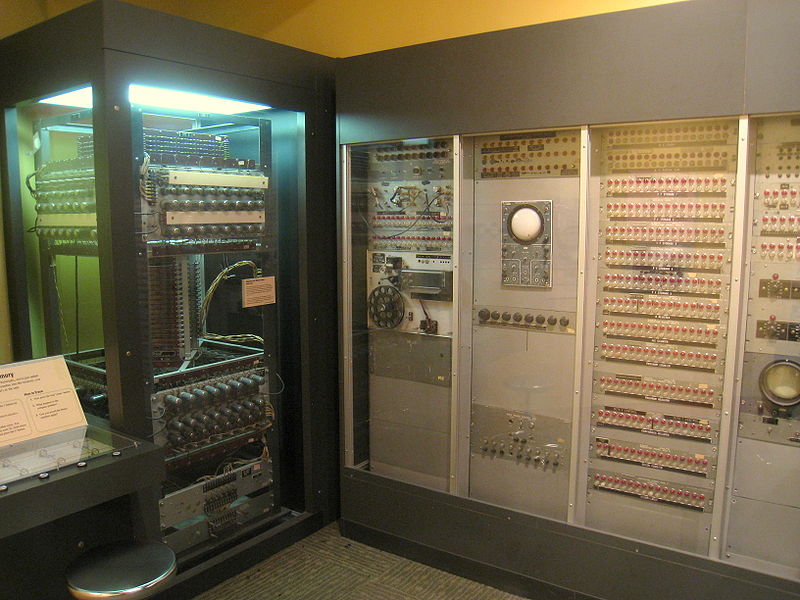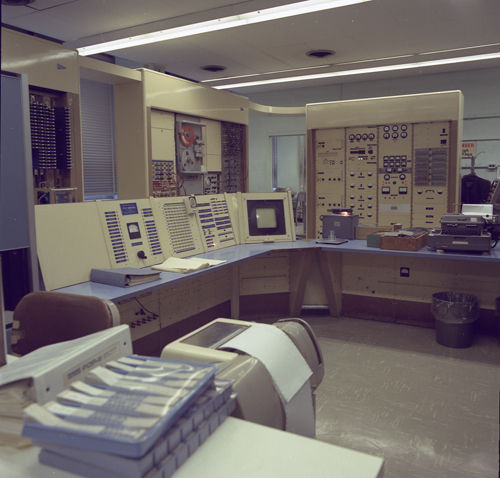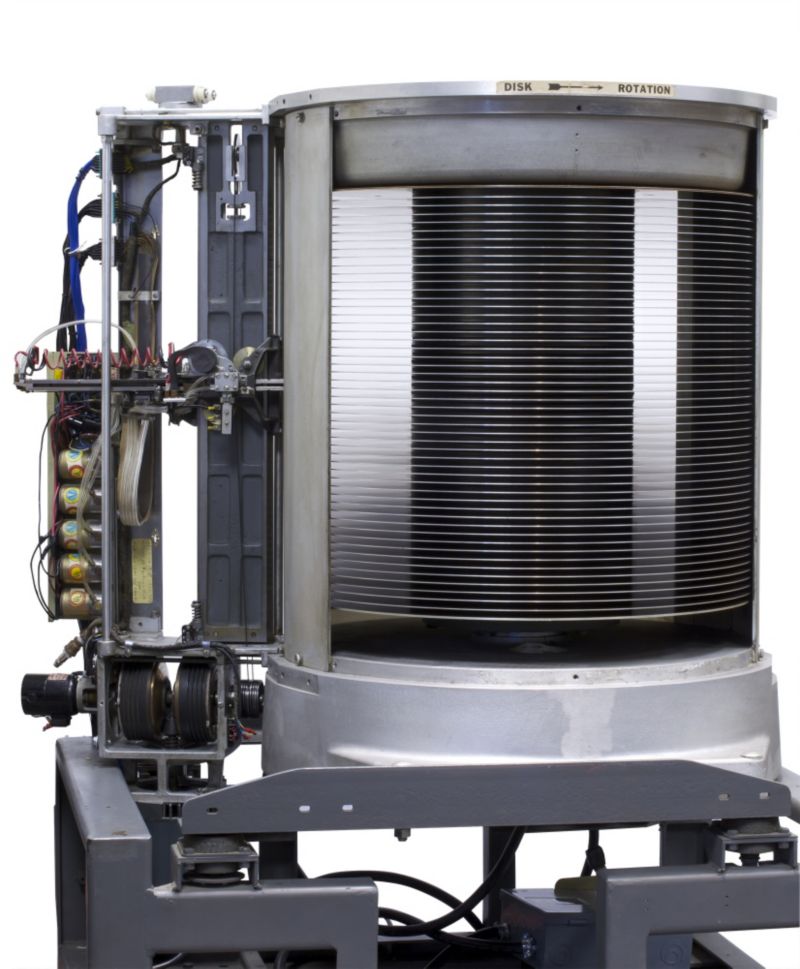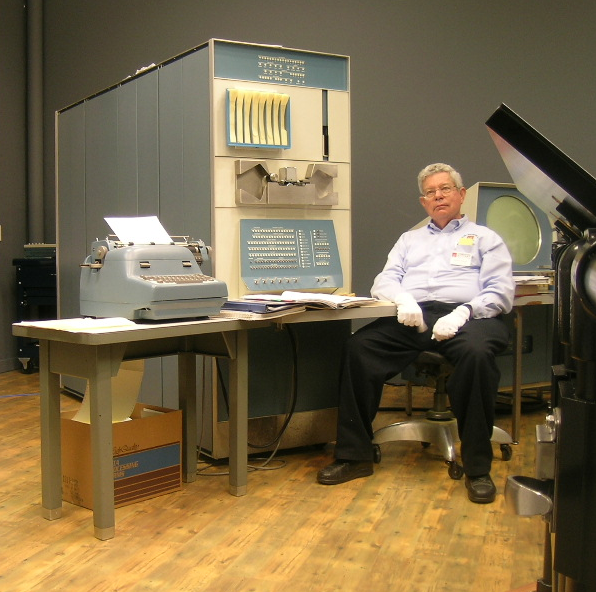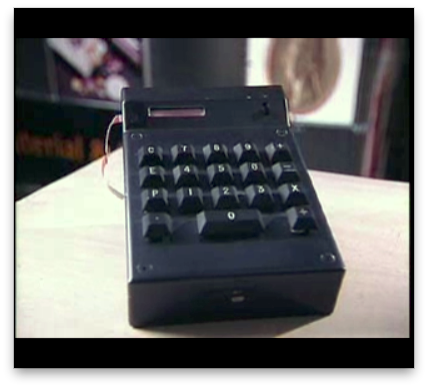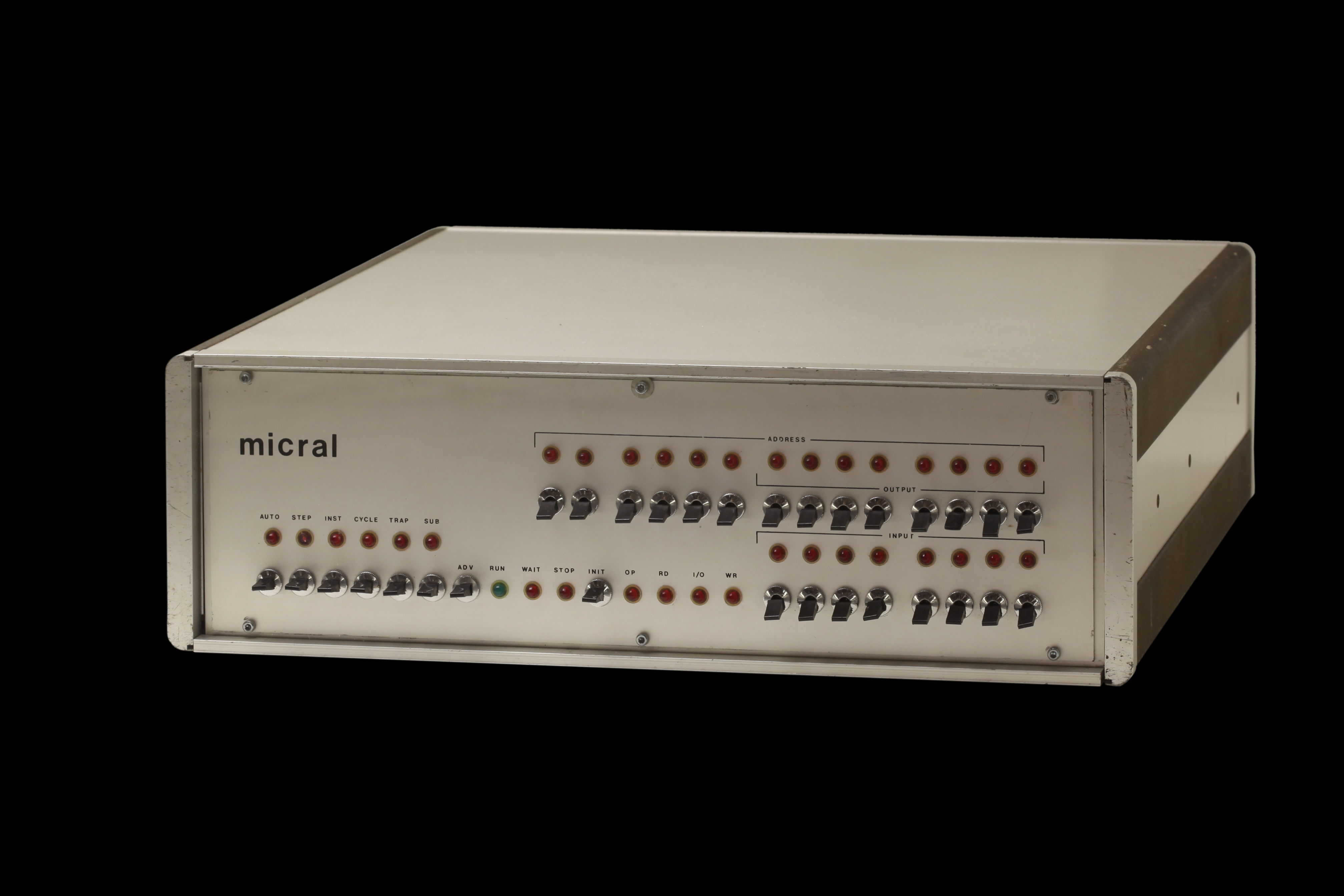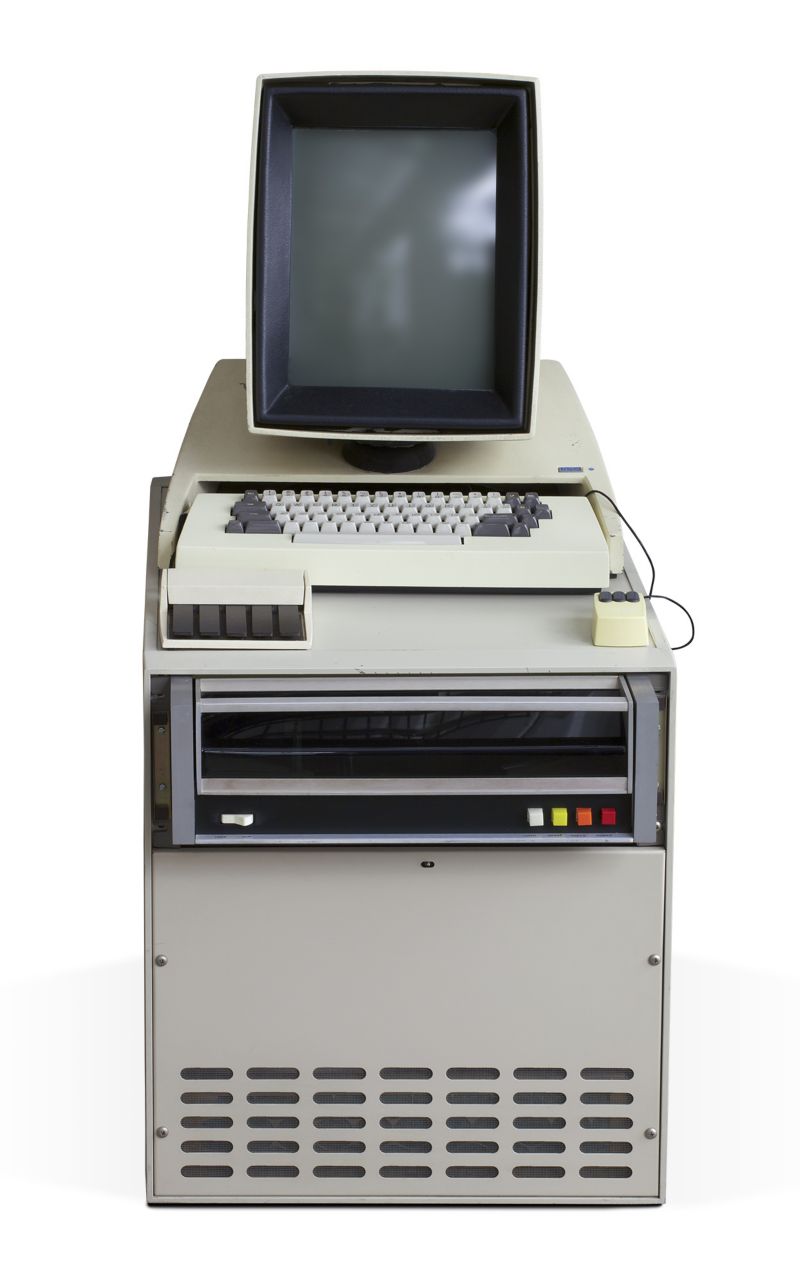In Pictures: Iconic Machines From Computing History
In the relatively brief history of computing, only a few machines have become iconic. Not necessarily because they were a commercial success, mind you, but because they introduced technologies or concepts that went on to become influential.
1642: Pascaline
Vive la France! The ancestor of the computer is the adding machine, and one of the first and most influential was created by Blaise Pascal between 1642 and 1645. The machine, now known simply as “Pascaline,” had a number of notched wheels. Each notch represented a digit (0-9), and each wheel represented a unit (tens, hundreds, thousands, and so on). Even better, by using wheels with 12 notches instead of 10, the Pascaline was able to count in base 12, which was commonly used in the 17th century. Pascal built an estimated twenty machines, some of which can still be seen in museums today.
1942: Colossus
For three centuries, continuous improvements were made to mechanical and electromechanical calculating machines. In World War II, the German army used several machines of this type to encrypt communications. The need to decrypt those messages put Allied research into high gear, setting the stage for the development of modern information technology. The first result of these efforts was the Colossus. Consisting of 2,400 vacuum tubes, the Colossus was the world’s first partially-programmable digital electronic computer. Built at England’s famous Bletchley Park, it enabled the Allies to break the code generated by Germany’s Lorenz SZ40/42 machine.
1946: ENIAC
ENIAC (Electronic Numerical Integrator And Computer) was the first truly programmable computer, meaning it could be used for all types of calculation and not simply to solve a specific problem. As such, this was the first device to fit the definition of a Turing machine. Much more complex than the Colossus, ENIAC employed 17,468 vacuum tubes and used ten-bit registers to store values in base 10. ENIAC remained functioning up until 1955.
1951: Whirlwind
In World War II, the Army had the idea of using a computer to help simulate training for bomber crews. It called on MIT to design the machine, code-named Whirlwind. In many ways, this project is a precursor to the modern PC. First, it had to react in real time. To do this, it introduced bit-parallel mode computing. The Whirlwind used 16-bit words with 16 calculations happening in parallel, whereas its contemporaries used 48- or 60-bit words and calculated them in sequence. Whirlwind was also the first computer to feature magnetic memory, of which today’s hard disks and flash memory are descendants.
1956: MIT TX-0
The Whirlwind had a direct descendant, the TX-0, also built at MIT. The TX-0 (Transistorized Experimental computer Zero) was the first programmable computer to use transistors, which were invented nine years earlier in 1947. The TX-0’s transistors were germanium-based, and ran at just 5 MHz. But thanks to them, the TX-0, functionally a clone of the Whirlwind, could be installed in a single room, whereas its predecessor took up an entire floor. The TX-0 ended its career as an artificial-intelligence research tool at MIT in the 1960s. The TX-0 was succeeded by the DEC PDP-1, considered by many to be the first “microcomputer.”
1956: IBM 305 RAMAC
The IBM 305 RAMAC is not remarkable for its power, its miniaturization, or its transistors. No, the RAMAC is remarkable because it was the first computer to use a hard disk as a storage medium. The disks were enormous, measuring 24” in diameter. Each storage unit, called the IBM 350 Disk Storage System, had 50 disks and a capacity of 5 million 7-bit words, or the equivalent of only 5 MB. Two access arms moved up and down to select the right disk, and then in and out to read tracks. The disks’ rotation speed was a mere 1,200 RPM, and the data transfer rate topped out at 8,800 words per second, or the equivalent of just 8.8 Kb/s.
1960: DEC PDP-1
The PDP-1 (Programmed Data Processor-1) was the first computer designed by DEC, a company whose influence on personal computers can still be felt today. For instance, in the '90s, DEC designed an innovative CPU called the Alpha. One of the Alpha’s architects, Dirk Meyer, later went on to work for AMD, where he led the team responsible for its Athlon. Similar to the TX-0, the PDP-1 was even more compact. It also featured a bizarre, 9.3”-diameter, circular CRT monitor capable of displaying 1024x1024 points at 20,000 points per second. Its graphical capabilities gave researchers the idea to create Spacewar!, one of the very first video games in history.
Get Tom's Hardware's best news and in-depth reviews, straight to your inbox.
1965: DEC PDP-8
In 1965, DEC made a new breakthrough with the PDP-8. This minicomputer was designed be less expensive, and was just the size of a refrigerator. At $18,000 when it first launched, the PDP-8 cost only one-fifth the price of an IBM System/360, a very popular mainframe at the time. The PDP-8 made up for its lower performance with a high capacity for interconnection with peripherals. Commercially, it was a huge success, with DEC selling 50,000 units, making the PDP-8 the first mass-market computer.
1966: Texas Instruments Cal-Tech
The research on large calculation machines, which led to programmable computers, took a slight detour in the 1960s with the development of a much smaller calculator. In 1958, Jack Kilby of Texas Instruments created the first integrated circuit. It was just five electronic components on a single piece of germanium-based semiconductor material. But a few years later, Kilby used his invention to create the first electronic pocket calculator. The prototype, named Cal-Tech, could perform the four basic operations (addition, subtraction, multiplication, and division), and was never marketed.
1973: Micral N
Another feather in France’s cap is the Micral N, created in 1973. Designed by André Truong Trong Thi and François Gernelle, the Micral N was one of the first models to use an Intel microprocessor: the 8008. Intel was the inventor of the microprocessor concept and had been marketing them since 1971, starting with the 4004. Thanks to the all-in-one chip, the Micral N was five times cheaper than the PDP-8, which comes to around $10,500 in today’s money. The Micral brand was bought out by Bull, which used it through 1989 for its PC clones.
1973: Xerox Alto
Many concepts fundamental to today’s computers originated at Xerox’s Palo Alto Research Center (PARC). In 1974, the company launched the Alto workstation, which was the first computer to sport a mouse and graphical user interface (GUI). The Alto was not released commercially, but it was widely distributed within Xerox. It was seeing the Alto during his famous visit to PARC that gave Steve Jobs the idea for what was to become the Macintosh.
-
dudemcduderson I actually like the slide show thing, keep it up Tom's! In the modern era I feel like the Yoga or Surface Pro should have at least made the list because they run full featured x86 OSes unlike the iPad.Reply -
yannigr You forgot the oldest analog computerReply
http://en.wikipedia.org/wiki/Antikythera_mechanism
The Antikythera mechanism is an ancient analog computer designed to calculate astronomical positions. It was recovered in 1900–1901 from the Antikythera wreck, but its significance and complexity were not understood until a century later. Jacques Cousteau visited the wreck in 1978 but, although he found new dating evidence, he did not find any additional remains of the Antikythera mechanism. The construction has been dated to the early 1st century BCE. Technological artifacts approaching its complexity and workmanship did not appear again until the 14th century AD, when mechanical astronomical clocks began to be built in Western Europe. -
Belardo Imagine what would have happened if Steve Jobs never saw the GUI computer at Xerox?Reply
The Amiga computer was in development before the Mac was released to the public. It's still amazing that the apple II sold as well as it did considering the C=64 was so much cheaper yet better. -
PapaCrazy 34/35 is not a computer, its the anti-computer. And 35/35 appears blank... a bad omen, or just spooky? Either way, it's also anti-climactic. And this slideshow thing is demeaning for some reason. Makes me feel like I'm in nerd kindergarten.Reply -
Ioannis Doukakis I believe that you must include two more computers:Reply
a) Epson HX-20, the first actual notebook with battery
b) ZX-Spectrum one of the most popular personal computers -
Spinoza1 You also forgot the first fully programmable computer, the Zuse Z3 from 1941:Reply
http://www.humanismus.com/_/Konrad_Zuse_files/Munich%20248.jpg



